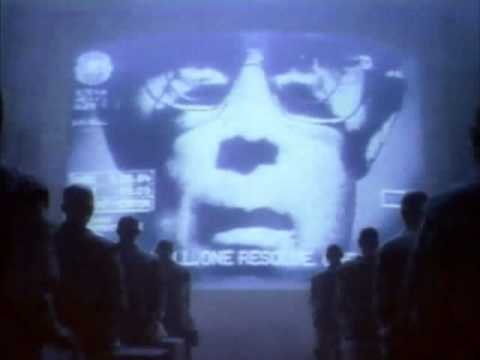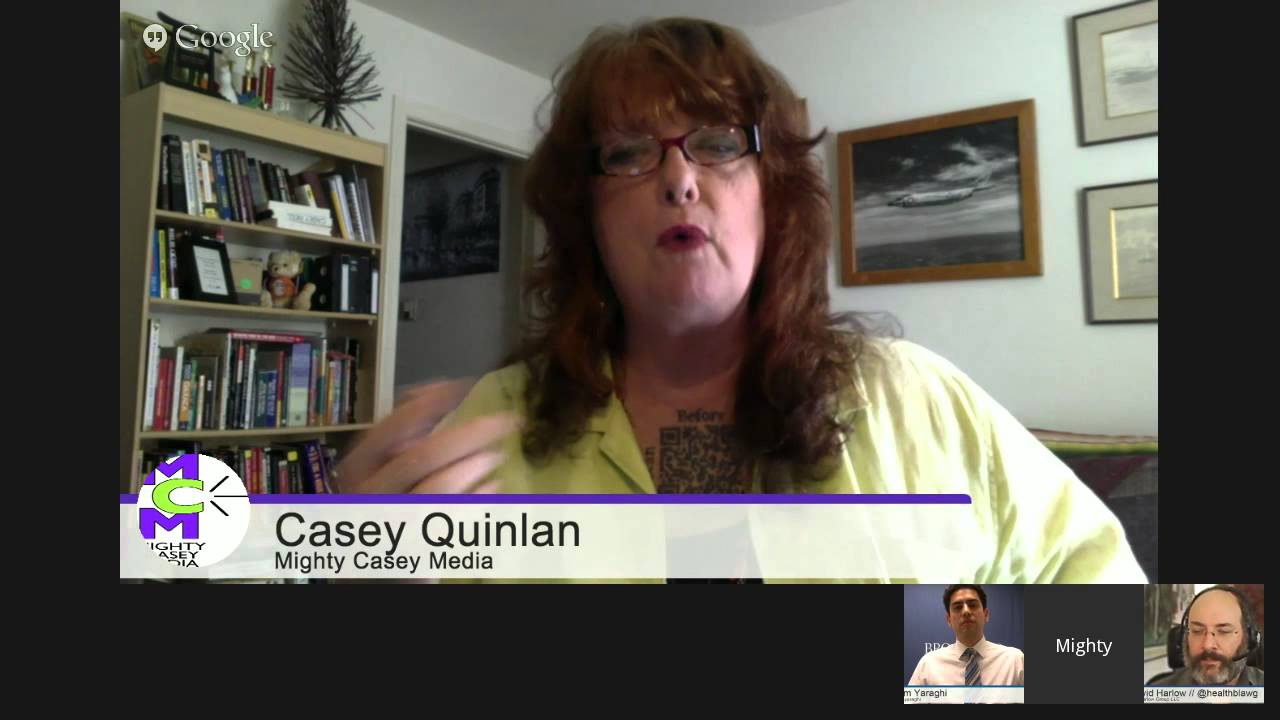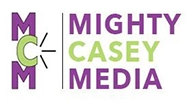I was lucky enough to be asked to write the foreword to the 3rd edition of Shared Decision Making in Health Care: Achieving evidence-based patient choice, from Oxford University Press. Here’s the text of that forward. We are at what appears to be a Copernican moment in healthcare, where everything that learned minds thought was true – that the sun revolved around the earth; that miasmas rising from the ground, or humours contained within the human body, caused disease; that only magical beings called doctors could understand or participate in medical care – is being disproved. Medicine stands at a crossroads unlike any other transformation point in its history. As access to information – what I call the democratization of knowledge – has become as simple as the movement of a human finger, the relationship between doctors and the people they care for has undergone a seismic shift. But like many seismic shifts, it’s happening at a level that only those tuned to pick up the signals from it can sense. That I, a patient voice whose only medical knowledge has been acquired as an autodidact with strong research skills, have been asked to write the foreword to the third edition of Shared Decision Making in Health Care is a strong indication that the earth is moving beneath our feet. The knowledge exchange that is the bedrock of shared decision making is creating the mutuality that has been missing in medicine, making a full partnership between doctors and the people they care for finally possible. As is made clear in many parts of this book, building literacy on both sides of the equation is a must for shared decisions – information has to be shared with people in ways they can understand, which makes solid communication skills a must for both patients and…
The Insane Clown Car Posse (hat tip to my buddy Robb Fulks for that lovely turn of phrase) that’s currently at the helm of the ship of state here in the good old USA has started to give us a peek at their plans for US healthcare. The phrase “shit show” seems to have been invented just so it could be used to describe the excrescence that’s emerging, inch by fetid inch, under the banner of the AHCA, full title “American Health Care Act.” [Personally, I call it “the new National Eugenics Plan,” since the savings the legislation’s backers crow about are clearly gained from sick folks just dyin’ quicker.] Maybe we could tag it as GOTCHA, “Government Out To Cut Healthcare Access?” Asking for a friend. “Make America Sick Again!” seems to be the sales pitch here. After the gnashing of teeth, rending of garments, and fisticuffs that marked the passage of the Affordable Care Act in 2010, the ACA haters – we’ll call them “the entire Republican Party, and all who sail in it” – spent the rest of Obama’s Presidency voting to repeal the law, while doing very little else. What the ACA, or “Obamacare,” accomplished was to finally put the theory of universal healthcare access on the table for Americans, who had spent the 20th century watching pretty much every other developed nation on the planet create either single payer (a la Britain’s NHS) or insurance-based universal access (in Germany and Switzerland) healthcare delivery systems for their folks. I say “theory of universal access” because, like all Congressionally-ground sausage, it’s a mix of top cuts of awesome (10 Essential Benefits! Tax Subsidies on Premiums!) with awful offal from the abattoir floor (too much power concentrated in the hands of AHIP, ridiculously narrow networks, uneven Medicaid expansion)….
The infographic below popped up in my Twitter feed when an e-patient colleague from the multiple sclerosis community tagged me with a “what the HELL is this!?!” … and the excrescence below. Let me set the scene for you – this is digital collateral from a software company, Medrio, that on its website landing page says it provides “simple, fast, and affordable tools for the collection of data in clinical trials.” It appears that the company is all about the cartoon animals, since they’ve got a cartoon cat in a lab coat welcoming you to their digital litter box domain. It also appears that Medrio is happy to think of clinical trial subjects – you know, the ones called “patients,” or, alternatively, “people” – as sus scrofa. If you don’t speak Latin, that’s the species classification for … PIGS. This points up a pernicious, perpetual problem in too many precincts in healthcare. People/patients are seen either as dumb – possibly even dumb animals – and treated with the same level of respect. It’s not often, though, that an organization that actually thinks of patients this way fully uncloaks, and shows their wrong-headedness in full color. OK, you’ve waited long enough. The infographic I’m talking about is pasted below. PLEASE make some very loud noise online, show the world that this jerkbaggery will not stand.
I’ve been all over ever’where so far this year, invited to participate in a number of events that, taken together, seem to indicate there’s some progress being made on “healthcare system transformation,” even if it’s still happening at a glacial pace. One of these events was the Starfield Summit, put together by the Robert Graham Center, which is the policy think-tank arm of the American Academy of Family Physicians. I fielded an invite when the Graham Center reached out to the Lown Institute to ask if there was a patient-type human who might lend something to the conversation as an attendee. So I took the “let patients help” rallying cry to DC for a couple days of lock-in with a bunch of primary care docs and the wonks who love them. Which, by the way, includes me, which you know if you’ve been paying attention. Primary care docs are the ideal partners for people/patients who are working to shift the USS Medical Industrial Complex aircraft carrier – both primary care MDs and patients are low on the medical-industrial complex power pole, so if we team up, we might be able to boost each other up to start showing up on the power radar. If you’d like a good overview of the importance and impact of primary care on a health system, something that Ben Miller shared on the first day is a great précis. Money quote from the conclusion, IMO: Primary care is imperative for building a strong healthcare system that ensures positive health outcomes, effectiveness and efficiency, and health equity. It is the first contact in a healthcare system for individuals […]. It provides individual and family-focused and community-oriented care for preventing, curing or alleviating common illnesses and disabilities, and promoting health. What I heard, saw, and discussed over the two days tells me that…
Dear Bill, I think I can call you Bill, since we’ve known each other since early 1989, the first time I actually met you, at the Democratic Governor’s Conference at the Franklin Institute in Philadelphia. Oh, you don’t remember me? No surprise, I was buried in the front row of the press gaggle, helping cover the meeting for the Today Show. I continued to cover you – on the campaign trail in ’92, at Madison Square Garden when you were nominated, and throughout your 8 years in office, including l’affaire Lewinsky – for years. So we’re blood, brother. This morning, I read a piece in MedCityNews about your $630K in speaking fees for two appearances, in 2013 and 2014, at the World Patient Safety, Science and Technology Summit in Dana Point, California. My head exploded. You see, I have myself been working for years on transforming the healthcare sector into something that serves humanity, not corporate bottom lines or C-suite ivory tower dwellers. I’ve been doing this based on my direct experience, as a family advocate and caregiver for two members of the Greatest Generation, and then as my own advocate through cancer treatment. I know how screwed up the US healthcare system is. I also, thanks to the fact that I’ve been (a) loud and (b) indefatigable, know that the global healthcare system ain’t exactly all beer and skittles, either, but the US system is particularly remarkable in its ability to strip off $3-trillion-with-a-T in revenue every year, in exchange for serving up 11th place in the global Top 10 of healthcare system quality. As I mentioned, my head exploded at the $630K speaking fees you received for keynoting at the World Summit over two years. You see, I get invited to all sorts of national healthcare system transformation shindigs, often to appear on the platform myself, usually…

I’ve been on the road a lot over the last six months, getting the chance to interact with (and, I hope, influence), audiences in health tech and health policy. There’s so much desire for change, search for innovation, and just straight up “desperately seeking [something]” out there, it’s almost hilarious that no real change/shift/what-have-you has yet occurred in the giant $3-trillion/year-and-rising sucking sound that is the American healthcare system. Which is why I concluded, long ago, that the system would not be re-invented from within, particularly when it comes to the tech side of the party. Since the medical-industrial complex is keeping the fax machine manufacturers of the universe in business, it’s hard not to snort with laughter at tech “innovations” that emerge from inside the complex’s ivory towers. Tech innovation – on both the consumer and the system side – will come from companies with a proven history of delighting ground-level customers. The ones I like to call “people.” Here’s a Casey-ism that will be appearing in a new report on tech in healthcare from The Beryl Institute: “My sense about technology, and whether it’s engagement or system improvement or anything in this zone, I think that the change is going to come from outside the healthcare industry. The solutions are going to be delivered by companies or entities that have a history of putting technology in the hands of consumers (people) and having those consumers (people) say ‘awesome!’ and just start using it.” I don’t think anyone – consumer or clinician – has touched anything related to Electronic Health Records (EHR) tech and said anything resembling “awesome” about the experience. We, as a nation, have thrown $30+ billion at getting our healthcare delivery system into the 21st century, but have so far only seen it get to the point where…
I’ve been on the road a lot over the last six months, getting the chance to interact with (and, I hope, influence), audiences in health tech and health policy. There’s so much desire for change, search for innovation, and just straight up “desperately seeking [something]” out there, it’s almost hilarious that no real change/shift/what-have-you has yet occurred in the giant $3-trillion/year-and-rising sucking sound that is the American healthcare system. Which is why I concluded, long ago, that the system would not be re-invented from within, particularly when it comes to the tech side of the party. Since the medical-industrial complex is keeping the fax machine manufacturers of the universe in business, it’s hard not to snort with laughter at tech “innovations” that emerge from inside the complex’s ivory towers. Tech innovation – on both the consumer and the system side – will come from companies with a proven history of delighting ground-level customers. The ones I like to call “people.” Here’s a Casey-ism that will be appearing in a new report on tech in healthcare from The Beryl Institute: “My sense about technology, and whether it’s engagement or system improvement or anything in this zone, I think that the change is going to come from outside the healthcare industry. The solutions are going to be delivered by companies or entities that have a history of putting technology in the hands of consumers (people) and having those consumers (people) say ‘awesome!’ and just start using it.” I don’t think anyone – consumer or clinician – has touched anything related to Electronic Health Records (EHR) tech and said anything resembling “awesome” about the experience. We, as a nation, have thrown $30+ billion at getting our healthcare delivery system into the 21st century, but have so far only seen it get to the point where it’s partying…
You can’t turn around these days without running into a headline about the Internet of Things (IoT). It seems as if everything from your car to your cardiac pacemaker is talking to everything else on the internet, and we’re all about to Die (because hackers) Live longer (because hackers) If you’re confused about the whole IoT thing, and what it means to healthcare, you’re not alone. As buzzphrases go, “Internet of Things” is having its Andy Warhol 15 minutes of fame on an auto-replay loop right now … but what will the actual interconnectedness of the technology we use in our daily lives deliver to us in the way of helping us live better/healthier lives? Will we find ourselves living out a cautionary “I, Robot” sci-fi tale as we become slaves to our IoT robot masters? The answer is … (wait for it) … “it depends.” And what it depends on is how we humans build and interact with our robot mast … um, the Internet of Things. The biggest challenge is that healthcare, as an industry, sees the people it serves – we’ll call those people “patients” – as the product, not the customer. Which, I think, goes a long way to explaining why this most human of all industry sectors – the one we seek help from when we get sick – has so resolutely resisted becoming digitally accessible/approachable to its customer base. If you need a ride, Uber. If you want to shop, Amazon. If you want dinner, Yelp or BlueApron. If you need a doctor’s appointment … well, you can call the office to make an appointment. Or use the portal (if there is one). Or hit up the local urgent care. But there will be plenty of waiting, and it’s unlikely to be a tech-assisted process…
I’ve been MIA here, but I’ve been loud/proud pretty much everywhere else in the last few months. Including here and here. What follows is a rant based on what I’ve been seeing/doing since last seen on this page. Elephants There’s an old joke that goes like this: “What’s an elephant?” “It’s a mouse designed by a government committee.” There’s also the old “elephant in the room” bromide about topics that are not to be mentioned under any circumstances, despite their obvious impact on the issue under discussion. And the “How do you eat an elephant? One bite at a time.” motivational meme, along with the “blind guys describing an elephant” metaphor used to explain the impact of silo-ed thinking. We’re up to our parietal bones in pachyderms in the healthcare transformation discussion. The biggest one – you can call him Jumbo, or you could call him Dumbo – is always in the room. What I call him is Huckster Nation. What do I mean? I mean the underpinning of pretty much all of American culture – the carnival barker sales guy (guy in this usage is gender neutral). We are a nation of flacks, flogging everything from Sham-Wow to space stations, and that includes our healthcare system. Hell, I’m selling myself, or at least I’m offering to rent out the contents of my cranium in exchange for coin of the realm, as are we all, in one way or another. Americans have taken this to the level of a cultural art form, in that we’ve built our national myth around economic freedom. That it works out to be a literal myth for too many of us – income divide, I’m talking to you – is part of what I’m calling out here, but for the moment let’s focus on the carnival barkers sales guys in US healthcare, shall we? I’m taking about…

It’s been a fun week here in Mighty Casey Media Land. We kicked off the week a little early (on Sunday) – the 411 on that is available here, and some of the social exhaust is available on Storify here and here. One member of the e-patient posse worried that the guy was gon’ have to enter witness protection, given the avalanche of opprobrium aimed his way from the expert-patient community. Thank god. I was worried this guy might need to go into the witness protection program. TY @MightyCasey – #FTW! https://t.co/xIayus5Gao — Hurt Blogger | Britt (@HurtBlogger) June 17, 2015 In an email thread among a group of expert patients working on aggregating and curating patient-useable outcomes reporting tools, Dr. Corrie Painter said she had called the Brookings Institution, the think tank where the author of the US News piece that set my hair on fire does his think-tank thing, and left a terse message on the Governance Studies main line about pontificating patriarchal putzes (technical term). Given my willingness to talk to anyone, any time, if it moves the needle on healthcare system transformation, I went one better and called the *other* number on the guy’s bio page. I expected to wind up leaving a voicemail, but … He. Answered. The. Phone. We talked for about 30 minutes, during which I assured him that I did *not* think that Yelp reviews were the ne plus ultra, or even a thing, when it came to outcome metrics on physicians and other clinical providers of medical services. But, as I pointed out in my “I’m channeling Lewis Black, with boobs, in healthcare here: righteous rage + cutting humor = driving that point home!” post, what real metrics are *available* to patients seeking intel on the expertise and outcomes of the…



